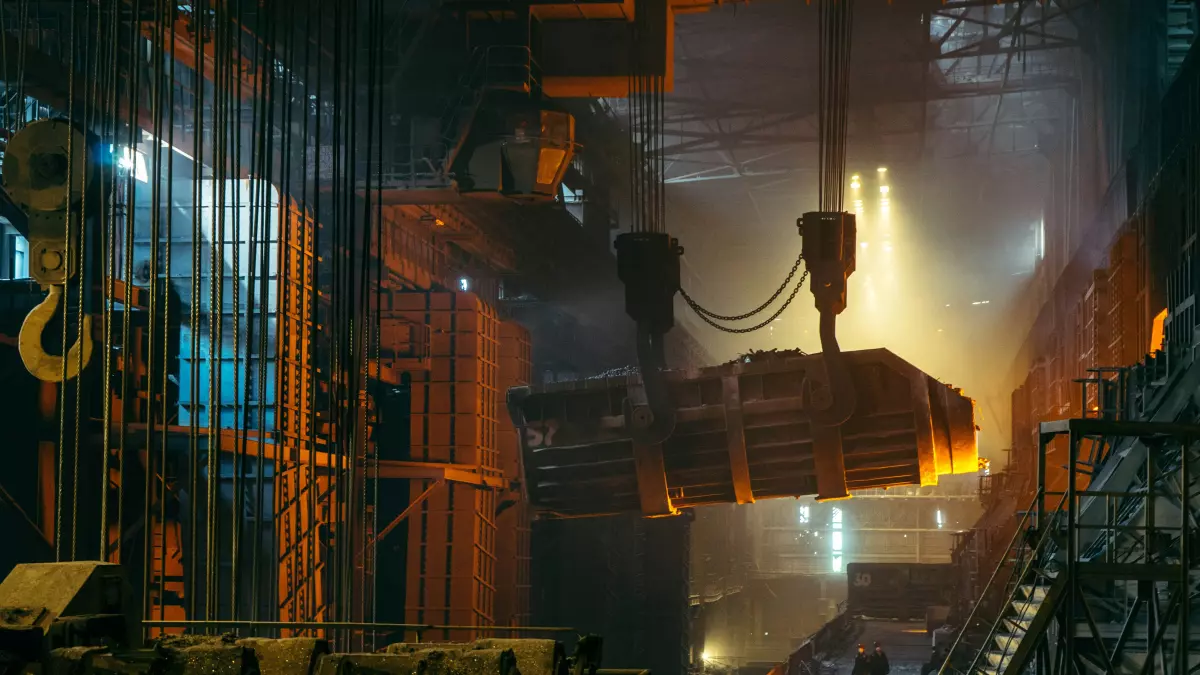Bitcoin's Mining Woes
Remember when Bitcoin mining was the digital gold rush? Well, those days seem like a distant memory now. Back in the early 2010s, mining Bitcoin was like striking oil in your backyard. Miners were raking in profits, and the energy costs were manageable. Fast forward to 2024, and things have taken a dramatic turn. September marked the third consecutive month of declining profitability for Bitcoin miners, and the numbers are looking grim.

By Jason Patel
According to a recent report from JPMorgan, Bitcoin mining profitability fell to its lowest point “on recent record” in September. The daily block reward gross profit has been steadily dropping, and miners are feeling the pinch. But why is this happening? What’s causing this downward spiral, and more importantly, what does it mean for the future of Bitcoin mining?
Let’s rewind a bit. In the early days, Bitcoin mining was relatively simple. You could mine using a basic computer, and the rewards were significant. But as more people jumped on the bandwagon, the difficulty of mining increased. Specialized hardware, known as ASICs (Application-Specific Integrated Circuits), became necessary to stay competitive. This hardware is expensive, and it consumes a lot of energy. As a result, mining costs have skyrocketed, and profitability has become more elusive.
Now, combine that with the fact that Bitcoin’s price has been volatile. While some analysts are optimistic about Bitcoin’s future, predicting it could “break loose” at $70K, the reality is that the market has been unpredictable. In October 2024, Bitcoin saw a surge beyond $64,000, leading some to believe that the “summer lull” was over. However, this price increase hasn’t been enough to offset the rising costs of mining.
Another factor contributing to the decline in profitability is the halving event. Bitcoin goes through a halving approximately every four years, where the reward for mining a block is cut in half. The most recent halving occurred in 2024, reducing the block reward from 6.25 BTC to 3.125 BTC. This means miners are earning less Bitcoin for the same amount of work, further squeezing their profits.
The Energy Dilemma
Let’s not forget the elephant in the room: energy consumption. Bitcoin mining is notorious for its massive energy requirements. In fact, some estimates suggest that the Bitcoin network consumes more energy than entire countries. This has led to increased scrutiny from environmentalists and governments alike. As energy costs rise, especially in regions where electricity is expensive, miners are finding it harder to turn a profit.
In some cases, miners have relocated to countries with cheaper electricity, such as Kazakhstan or Russia. However, this comes with its own set of challenges, including political instability and regulatory crackdowns. For instance, China, once a hub for Bitcoin mining, banned the practice in 2021, forcing miners to move elsewhere. This has created a fragmented mining landscape, with no clear “safe haven” for miners.
So, what’s the solution? Some miners are turning to renewable energy sources, such as solar or wind power, to reduce their energy costs and minimize their environmental impact. While this is a step in the right direction, it’s not a silver bullet. Renewable energy infrastructure is expensive to set up, and it may not be feasible for all miners, especially smaller operations.
Is There Hope for Miners?
Despite the challenges, there’s still hope for Bitcoin miners. One potential lifeline is the Lightning Network, a layer-2 solution designed to make Bitcoin transactions faster and cheaper. By reducing the strain on the main Bitcoin blockchain, the Lightning Network could help lower transaction fees, making mining more profitable. However, the adoption of the Lightning Network has been slow, and it’s unclear whether it will have a significant impact on mining profitability in the short term.
Another potential game-changer is the development of more energy-efficient mining hardware. Companies are constantly working on improving ASICs to make them more powerful while consuming less energy. If these advancements continue, it could help miners stay competitive without breaking the bank on energy costs.
But here’s the thing: even if mining becomes more efficient, the fundamental issue remains—Bitcoin’s block reward will continue to decrease over time. With each halving, miners will earn less Bitcoin, and unless the price of Bitcoin skyrockets, it will become increasingly difficult to make a profit. This has led some to speculate that Bitcoin mining could eventually become the domain of large corporations with deep pockets, leaving smaller miners in the dust.
The Bigger Picture
So, what does all of this mean for the average crypto enthusiast? Well, if you’re thinking about getting into Bitcoin mining, you might want to think twice. The days of easy profits are long gone, and unless you’re willing to invest in expensive hardware and energy-efficient infrastructure, it’s going to be a tough road ahead.
That being said, Bitcoin itself isn’t going anywhere. Despite the challenges facing miners, the cryptocurrency remains a popular investment, and its price is likely to continue fluctuating. For those who believe in the long-term potential of Bitcoin, there may still be opportunities to profit, but mining may not be the best route.
In the end, the future of Bitcoin mining is uncertain. Will miners find a way to adapt to the changing landscape, or will the industry consolidate into the hands of a few major players? Only time will tell. But one thing’s for sure: the days of easy money in Bitcoin mining are over.





